
Coleophora lutipennella is a moth of the family Coleophoridae. It is found in most of Europe, except the Mediterranean islands.

Coleophora gryphipennella is a moth of the family Coleophoridae. It is found in most of Europe, from Fennoscandia to the Iberian Peninsula and Italy and from Ireland to the Black Sea.

Coleophora serratella is a moth of the family Coleophoridae. It is found in Europe, Japan (Hokkaido) and North America.
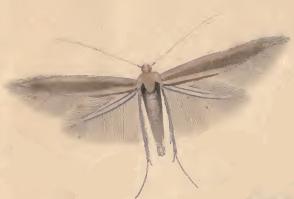
Coleophora lusciniaepennella is a moth of the family Coleophoridae. It is found in most of Europe, except the Iberian Peninsula, the Mediterranean islands and most of the Balkan Peninsula and Russia. It occurs in forest-steppe biotopes.
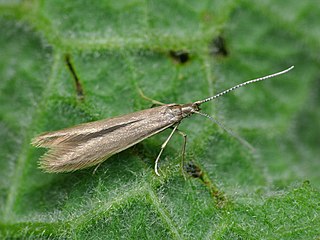
Coleophora caespititiella is a moth of the family Coleophoridae. This species is found throughout the United Kingdom and most of Europe. It is also known from North America. The Coleophoridae group are often collectively known as the case moths or case-bearers.
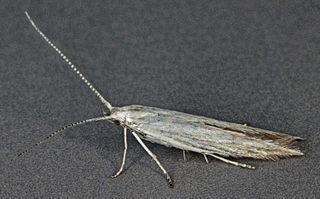
Coleophora striatipennella is a moth of the family Coleophoridae that is found in Europe and Near East. It has been introduced to New Zealand.

Coleophora versurella is a moth of the family Coleophoridae. It was described by Philipp Christoph Zeller in 1849.

Coleophora binderella is a moth of the family Coleophoridae. It is found from Scandinavia and Finland to the Iberian Peninsula and Italy, and from Ireland to the Baltic States and Romania.

Coleophora solitariella is a moth of the family Coleophoridae. It is found from Fennoscandia to the Pyrenees, Italy and Romania and from Great Britain to southern Russia.

Coleophora siccifolia is a moth of the family Coleophoridae. It is found in most of Europe.
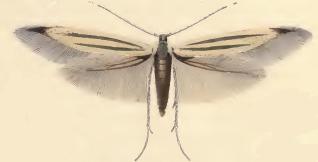
Coleophora chalcogrammella is a moth of the family Coleophoridae. It was first described by Philipp Christoph Zeller in 1839 and is found in Europe.
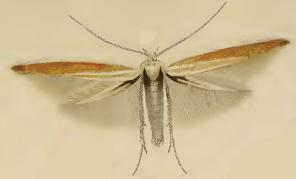
Coleophora discordella is a moth of the family Coleophoridae. It was first described by Philipp Christoph Zeller in 1849 and is found in Europe.
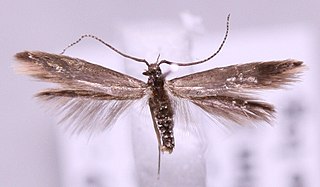
Coleophora fuscocuprella is a moth of the family Coleophoridae. It is found from Fennoscandia to the Pyrenees, Italy, Albania and Romania and from Ireland to Russia.

Coleophora juncicolella is a moth of the family Coleophoridae. It is found from Fennoscandia to the Mediterranean Sea and from Ireland to Poland and Hungary.

Coleophora lixella is a moth of the family Coleophoridae found in most of Europe. It was first described by Philipp Christoph Zeller in 1849.

Coleophora orbitella is a moth of the family Coleophoridae. It is found from Scandinavia and northern Russia to the Pyrenees and Italy and from Ireland to Poland and Hungary.
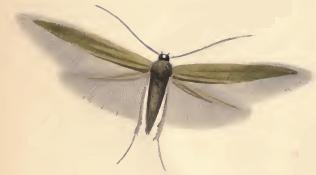
Coleophora paripennella is a moth of the family Coleophoridae. It is found in most of Europe, except the Iberian Peninsula and Balkan Peninsula.
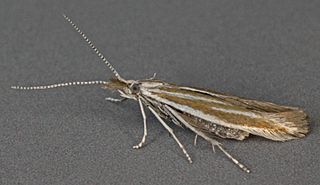
Coleophora pyrrhulipennella is a moth of the family Coleophoridae found in Europe. It was first described by Philipp Christoph Zeller in 1839.

Coleophora argentula is a moth of the family Coleophoridae, found in most of Europe, Russia and Asia Minor. The larvae live in cases and feed on the seeds of yarrow and sneezewort.
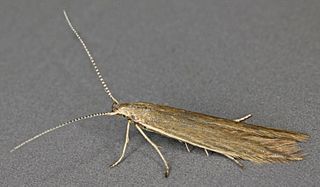
Coleophora alticolella is a moth of the family Coleophoridae, found in Europe and North America.













